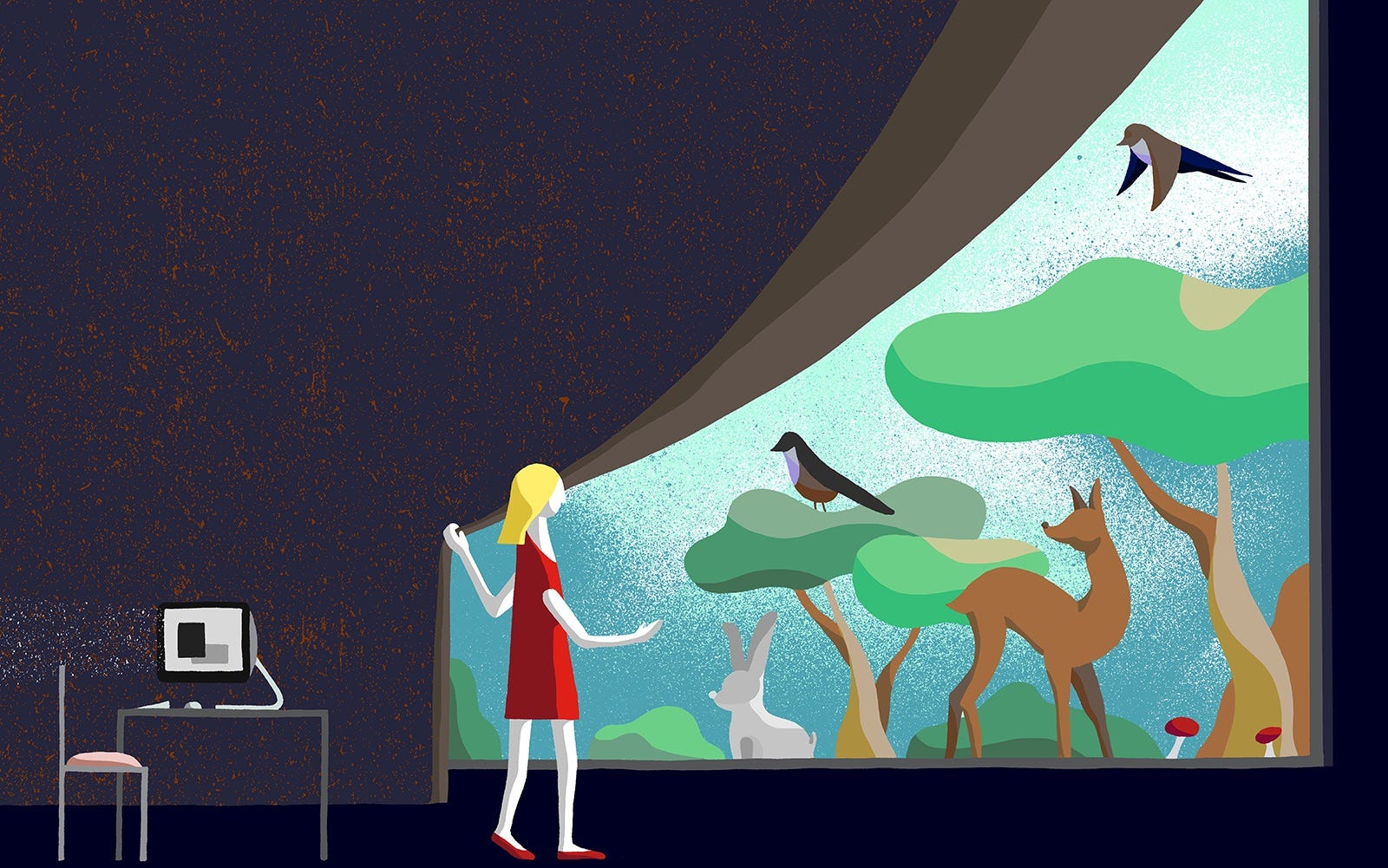Essay
Stop Teaching Girls to Code
Kids under 10 should be playing outside instead of interacting with devices inside.


Idon’t want my daughters to learn to code.
This is heresy to some. I live in San Francisco, and part of my professional life involves counseling tech startup founders about their company messaging. I repeatedly hear that these leaders are desperate for engineering talent. They preach that the avenues of opportunity broaden for the kids (girls in particular) who learn computer programming in childhood. Pointing to job growth projections, they announce that there’s nothing but blue skies for computer science graduates. They believe they can solve the gender and diversity gap in tech if young kids are encouraged to learn code. Take advantage of their sponge-like brains and start early, they say.
So parents sign up kids as young as five for after-school engineering classes and send them to coding summer camps. At even earlier ages, they buy programmable talking dolls and robots that surreptitiously insert the fundamentals of programming into their play. They see coding as the lifeboat taking their young daughters to the shores of feminist achievement, and their boys to a clutch position at Google. Everyone from President Obama to Willi.i.am to NBA player Chris Bosch is cheering kids on from the learn-to-code bandwagon.
I recognize the progressive intentions behind youth coding programs. In particular, organizations like Girls Who Code, Code.org, Latina Girls Code, and Black Girls Code offer training that can launch kids with less means into a prosperous future that changes the economic game for their families. That’s a good thing.
But I still feel queasy thinking about what coding education would mean for kids who start on the tech path early, including my own daughters, aged seven and four. Until recently, I was like most parents in the San Francisco Bay Area who casually offer phones to their kids to keep them quiet in restaurants, and regularly indulge them with amusing apps and YouTube clips. I even sent my older daughter to a Minecraft camp last winter break.
However, spending time at startup offices and venture capital firms has convinced me that
tech is leading humanity down the wrong path.
When I consider the status-quo lifestyle of software developers and the working culture at tech companies, teaching coding to five year olds seems akin to showing kids how to smoke. It’s probably even worse for their health.

You need to be a member of School Leadership 2.0 to add comments!
Join School Leadership 2.0